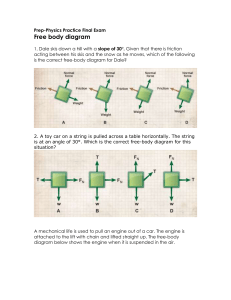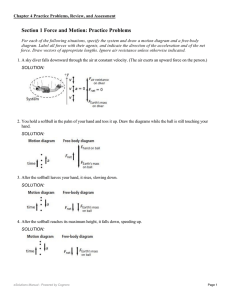

The id is not affected by reality, logic or the everyday world, as it operates within the unconscious part of the mind. The id remains infantile in its function throughout a person's life and does not change with time or experience, as it is not in touch with the external world.

The personality of the newborn child is all id and only later does it develop an ego and super-ego. The id is the impulsive (and unconscious) part of our psyche which responds directly and immediately to basic urges, needs, and desires. It consists of all the inherited (i.e., biological) components of personality present at birth, including the sex (life) instinct – Eros (which contains the libido), and the aggressive (death) instinct - Thanatos. The id is also kind of stubborn, for it responds only to what Freud called the pleasure principle (if it feels good, do it), and nothing else. The id is a part of the unconscious that contains all the urges and impulses, including what is called the libido, a kind of generalized sexual energy that is used for everything from survival instincts to appreciation of art. The id is the primitive and instinctive component of personality. Find the speed of the melon as it flies off the performer's head.According to Freud's psychoanalytic theory, the id is the primitive and instinctual part of the mind that contains sexual and aggressive drives and hidden memories, the super-ego operates as a moral conscience, and the ego is the realistic part that mediates between the desires of the id and the super-ego.Īlthough each part of the personality comprises unique features, they interact to form a whole, and each part makes a relative contribution to an individual's behavior. event: initial final mass/object/velocity mass/object/velocity 0 b. Draw a momentum conservation diagram for the stunt. The arrow passes through the melon and emerges with a speed of 18 m/s. An archer shoots a 50 g arrow at the melon with a speed of 30 m/s. A 2 kg melon is balanced on a circus performer's head. Calculate the impulse that each girl imparts to the other. event: initial final mass/object/velocity mass/object/velocity 0 0 + b. Show the effect of the push on both girls with a momentum conservation diagram. The taller girl pushes the shorter girl so that the shorter girl rolls away at a speed of 10 m/s. Two girls with masses of 50 kg and 70 kg are at rest on frictionless in-line skates. What was the velocity of the cart after the boy jumped? Modeling Instruction - AMTA 2013 2 U9 Momentum - ws 3 v3.1 5. How large an impulse did the boy give to the cart? d. event: initial final mass/object/velocity mass/object/velocity 0 + 0 b. Complete the momentum conservation diagram. A 70 kg boy, riding in the cart, jumps off so that he hits the floor with zero velocity. A 50 kg cart is moving across a frictionless floor at 2.0 m/s. How much force did the racket exert on the ball? 4. event: initial final mass/object/velocity mass/object/velocity 0 + b. Use a momentum conservation diagram to show the change in momentum of the ball. A tennis player returns a 30 m/s serve straight back at 25 m/s, after making contact with the ball for 0.50 s. CModeling Instruction - AMTA 2013 U9 Momentum-Ws 3 v3.1 3. Find the speed with which the astronaut moves off into space. event: initial final mass/object/velocity mass/object/velocity 0 Momentum conservation equation: b. By pushing the tank away with a speed of 2.0 m/s, the astronaut recoils in the opposite direction. An astronaut of mass 80 kg carries an empty oxygen tank of mass 10 kg. event: initial final mass/object/velocity mass/object/velocity + 0 Momentum conservation equation: b. Each of the boxcars has a mass of 9000 kg when empty, and the loaded car contains 55,000 kg of lumber. An empty boxcar, coasting at 3 m/s, strikes a loaded car that is stationary, and the cars couple together. In a railroad yard, a train is being assembled.

Name Date Pd Impulsive Force Model Worksheet 3: Conservation of Momentum I 1.


 0 kommentar(er)
0 kommentar(er)
